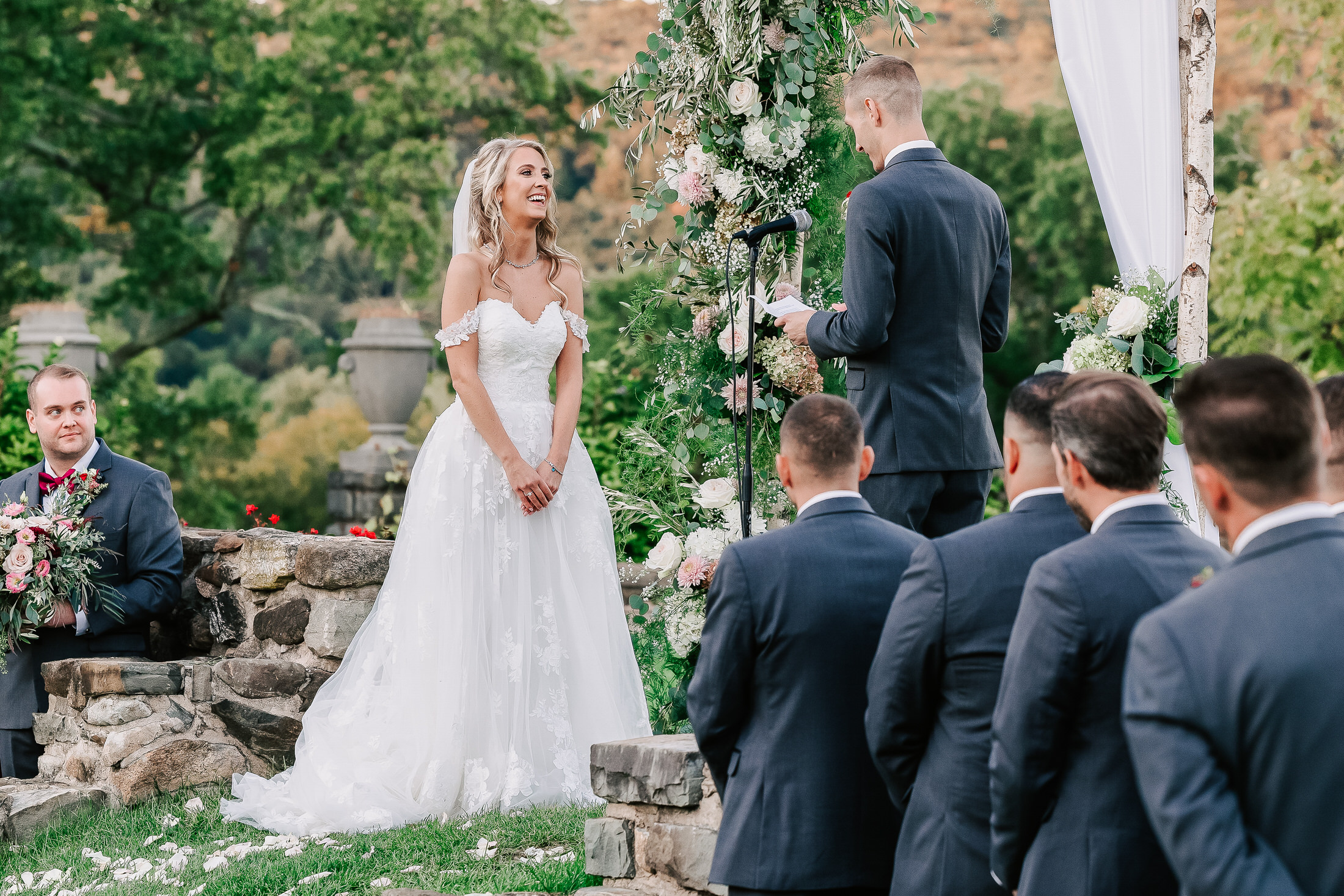
It’s common to feel a little overwhelmed when looking for a wedding photographer. There’s a lot of style terminology to navigate and it isn’t always clear. You may find yourself asking, “What’s the difference is between natural, documentary, moody, traditional…” so on and so on. The best way to explain photography styles is to break it down into three categories that most affect the look: posing, lighting, and editing.
Posing Styles
Posing style is usually determined in the moment. It describes how posed or how naturally a photographer captures the subject.

Posed photos, on the other hand, are staged and stationary. These are the kind of shots you say, “Cheese!” for. Photographers utilize this style for family and bridal party shots, as well as for dramatic couple photos. This style, especially in the case of formal group shots, may also be referred to as traditional photography. This designation is due to the fact that in the early years of photography people had to pose and hold still for extended periods of time—sometimes up to an hour!
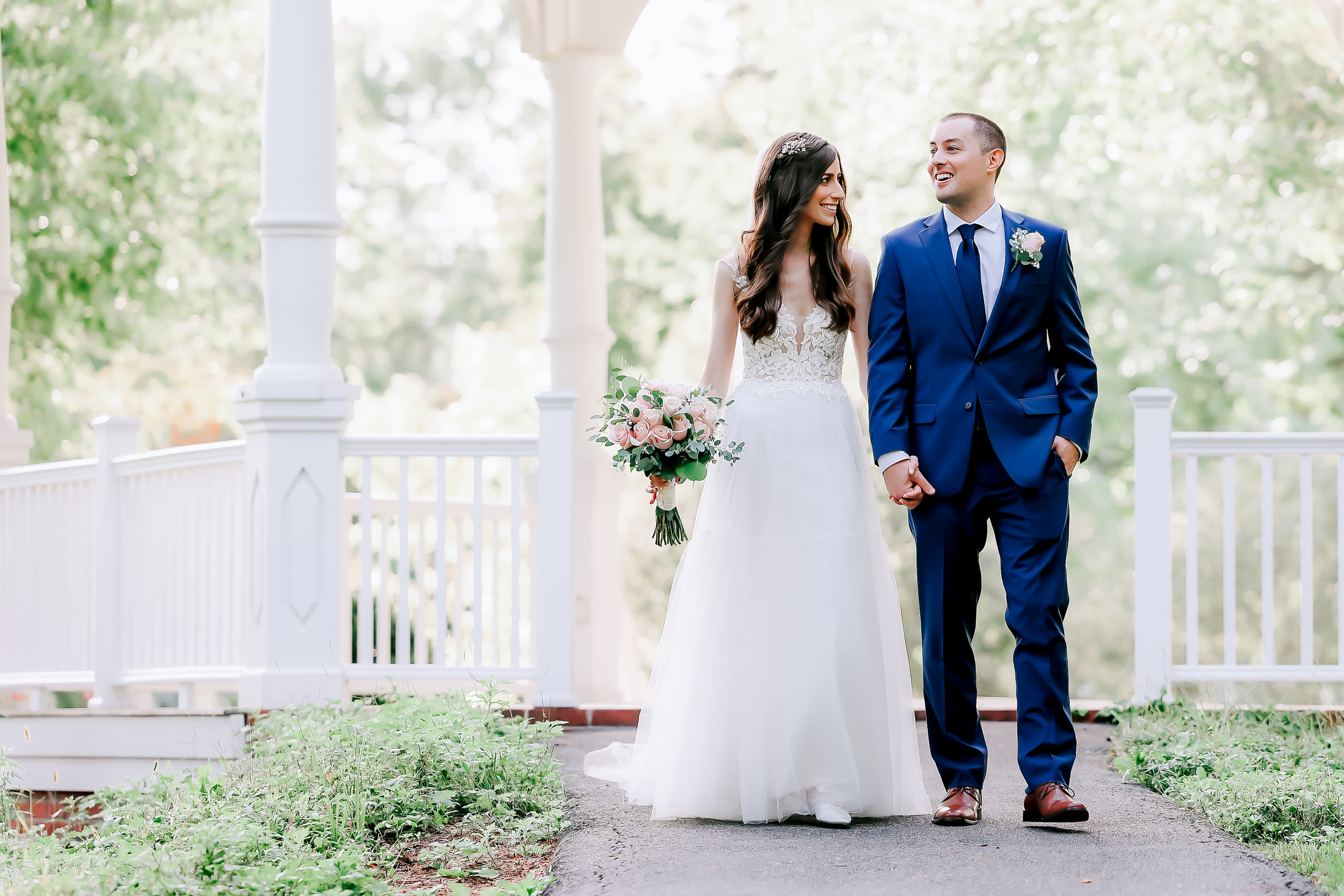
Candid shots are ones that capture the subject authentically, focusing on genuine human interactions and unbridled emotions. These include tender first looks, cake cutting hijinks, epic dance floor moves, and even tiny moments captured in between posed photos. This style may also be referred to as lifestyle, documentary, or photojournalistic.
Lighting Styles
Lighting styles describe what kind of light the photographer uses. You can have either natural light or artificial light.
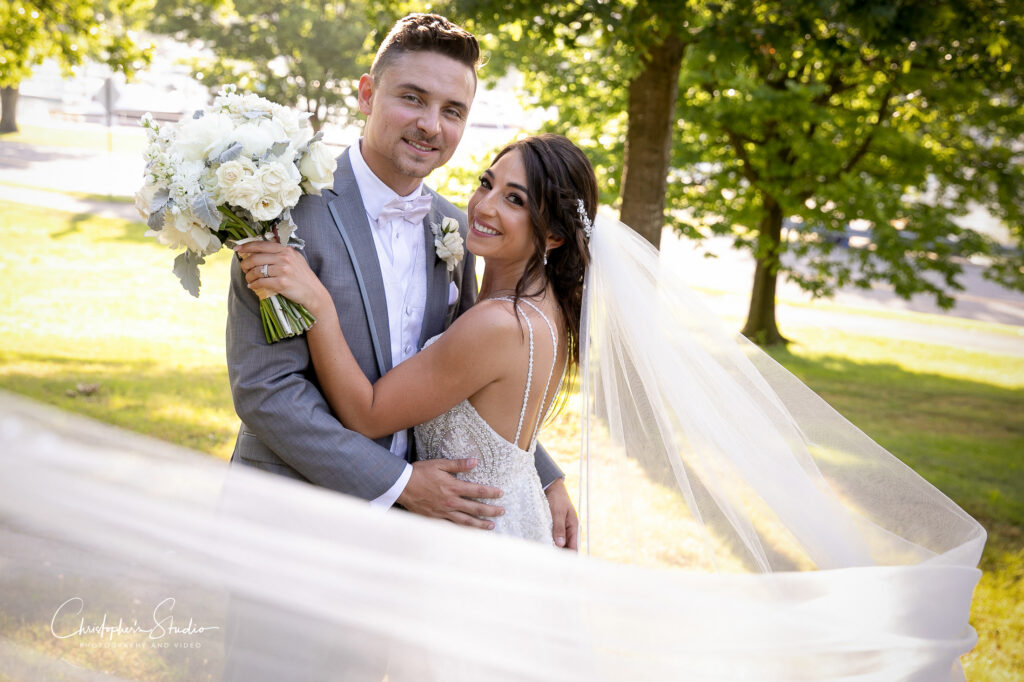
Natural light is sunlight. In terms of photography, not all sunlight is created equal. It’s a common misconception that the more sun, the better. Overhead sunlight at midday, aside from making everyone squint, actually casts harsh shadows across your face. Whenever the sun sits lower on the horizon, its rays are diffused by the atmosphere, thus softening shadows. This light is most flattering for portraiture. The best times for an outdoor shoot are approximately an hour before and after sunrise and sunset. These are known as golden and blue hour due to the color cast by the atmosphere. Don’t fret if you’re holding a wedding at noon, though. A good photographer will know where to position you or have diffusers to soften the light and make you look your best.

Artificial light covers an array of devices from on camera flashes to studio lights with soft boxes. The benefit of artificial light is that the photographer has control of the light and can position it in a way that’s most flattering. Artificial light can also be used to create spectacularly dramatic night time photos.
Most wedding photographers use a mixture of both styles and will determine their use situationally. It’s mostly dependent on the time of your event and your venue location. This may seem obvious, but knowing your lighting situation will also help to dictate what kind of editing style is open to you.
Photography Editing Styles
Editing styles describe the mood the photographer creates post-production. After your big day is over, photographers upload the digital files to programs such as Lightroom and make adjustments, mostly to straighten, crop, or correct exposure. However, they can also alter the vibe of your photos to suit your tastes. Here are some of the most popular terms used by photographers.
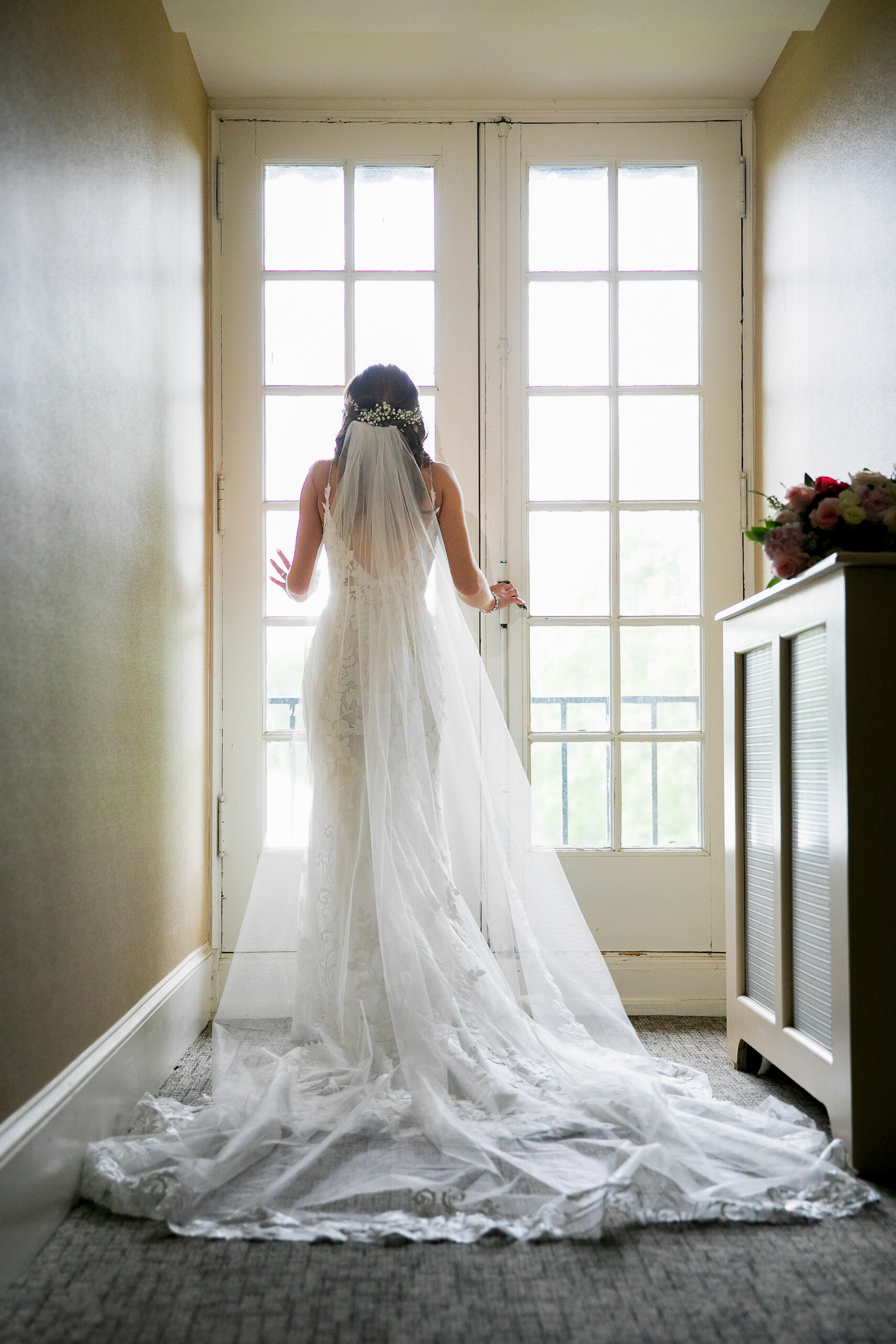

Light and airy photos have an ethereal quality. They are often soft and romantic, with abundant highlights and minimal shadows. It evokes a sense of openness. This style is best suited to photos taken in natural light, either outdoors in an open area or indoors by large windows.

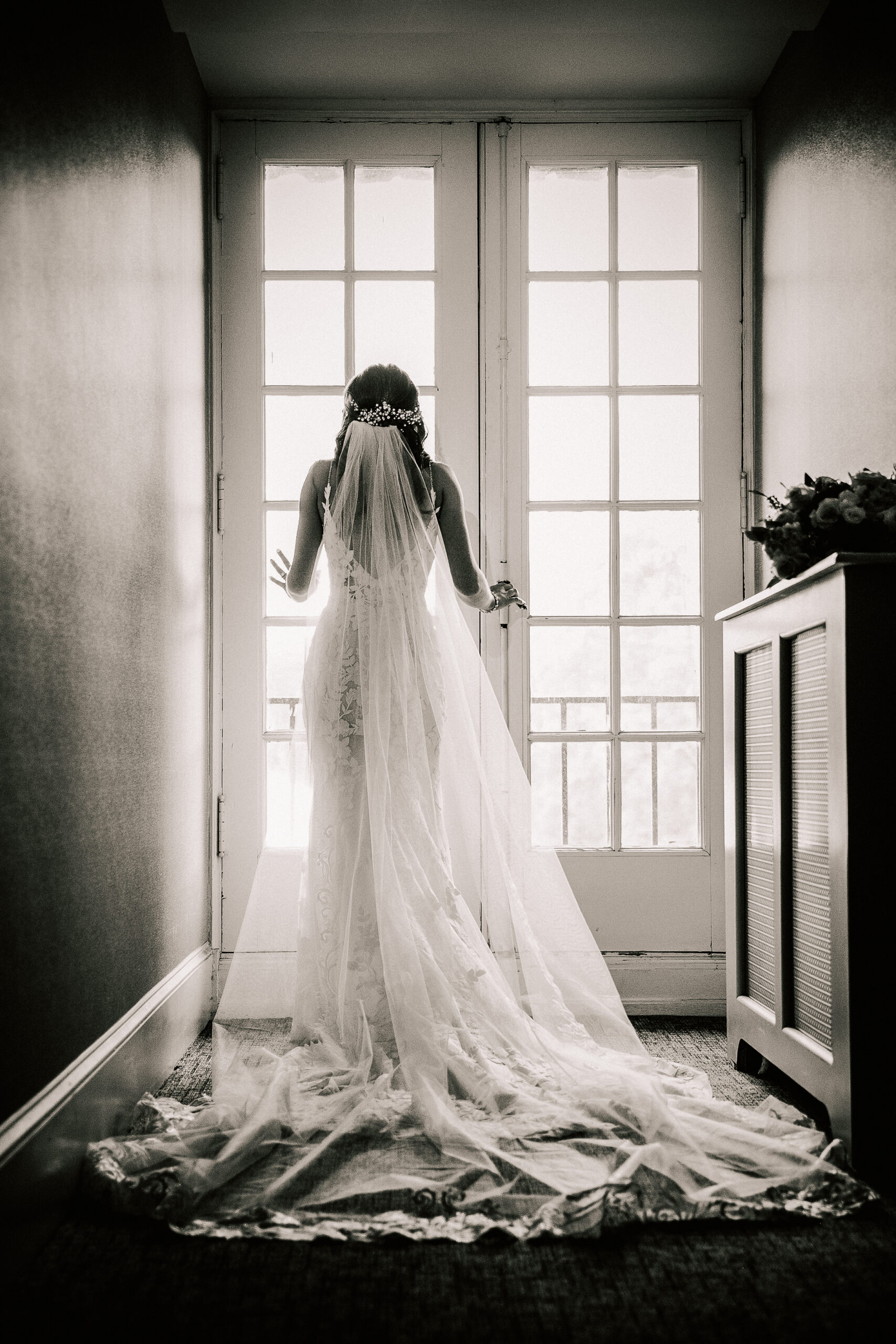
Dark and moody photos have a dramatic, mysterious quality. It features less light and is dominated by darker tones. This style is easiest to achieve in darker indoor venues. While light is minimal, artificial light can be used strategically to create drama. However, that’s not to say that this style can’t be created with outdoor photos. Stone walls, dark foliage, and even fluffy clouds can create the perfect backdrops for cinematic shots.


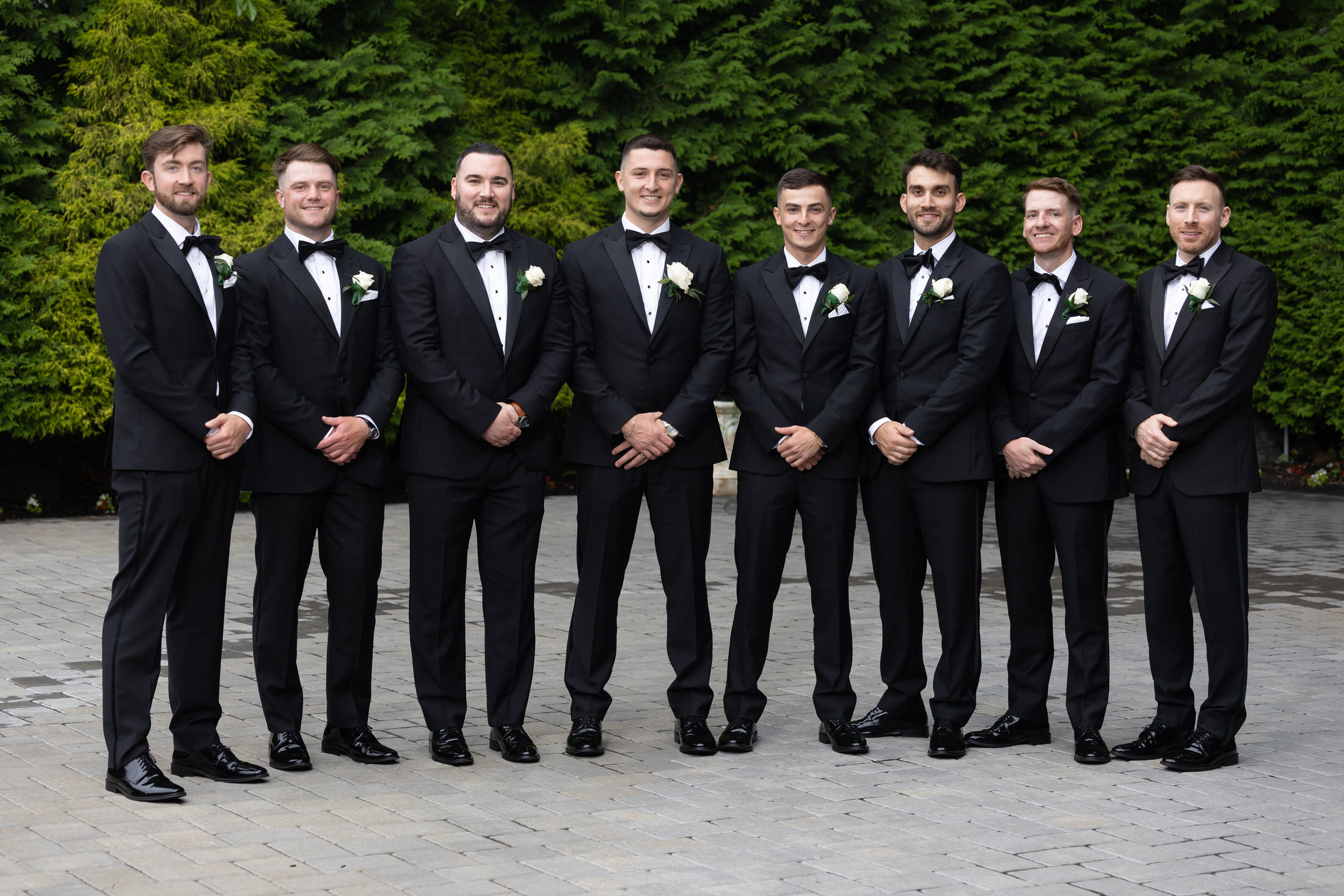
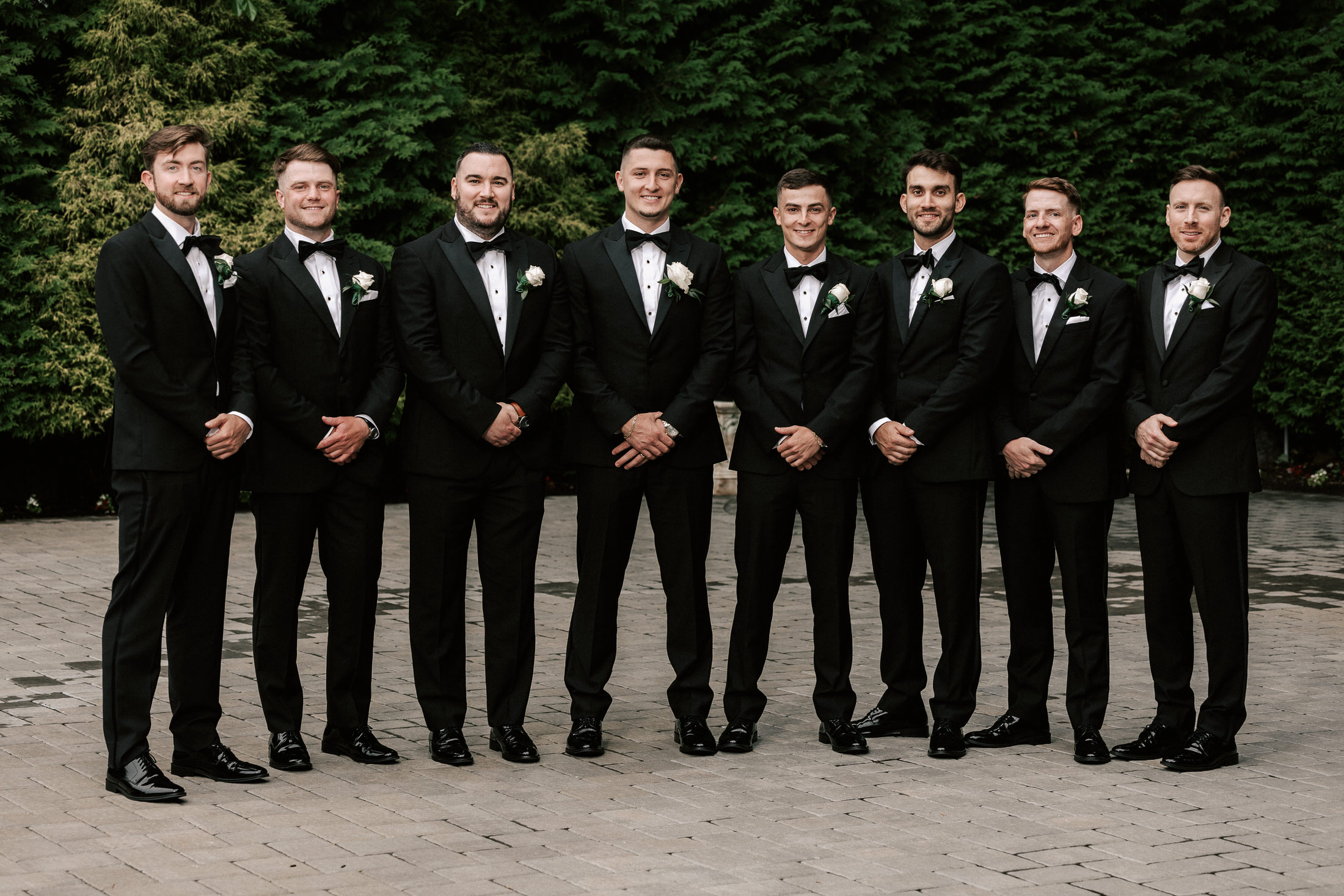
As mentioned before, golden hour is the hour after sunrise and before sunset. The warm tone evokes a sense of joy and hopefulness. It is inviting and romantic, and sometimes a little nostalgic. If you can’t have a shoot at these times, it’s okay. A photographer can still add a golden glow to your photos.
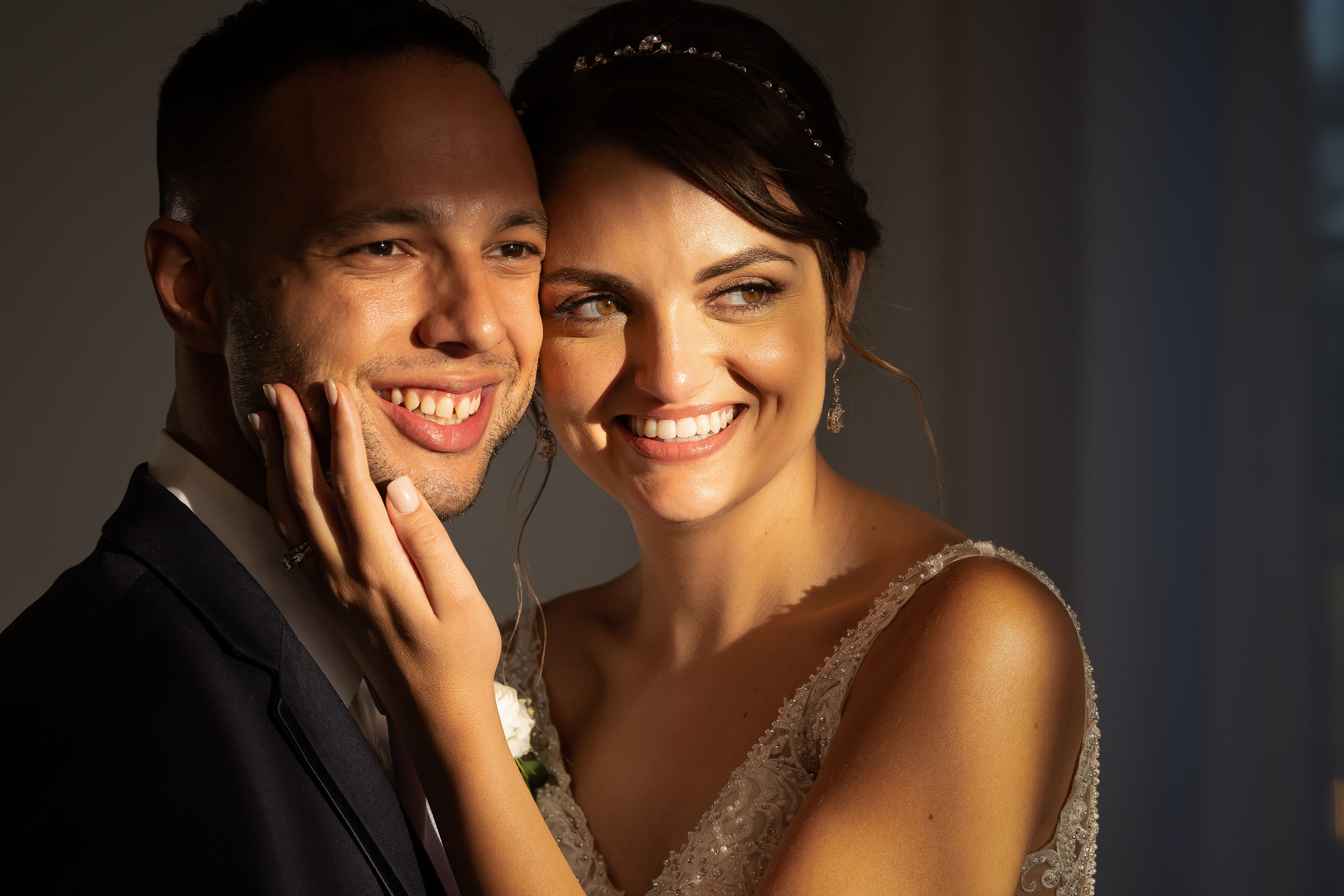
We hope that this explanation sheds some light on popular terminology, and that it helps you to better communicate your needs to your photographer. After all, you are the star of your wedding day and you should have it captured exactly how you want it. Talk to us at Christopher’s Studio. We are capable of all the above mentioned photography styles and would be happy to put our skills to use for you!
